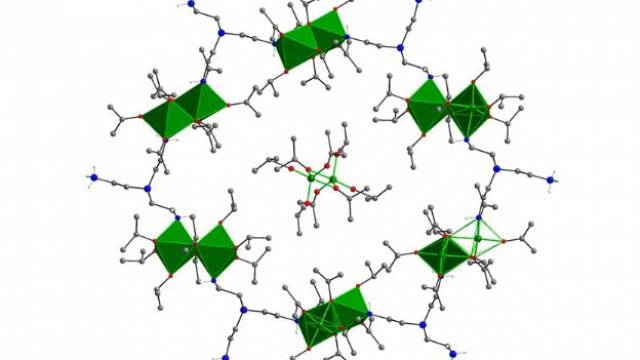A new market research report regarding sol-gel processing of ceramics and glass has been published by Reportlinker.com. The report gives an in-depth technology review for sol-gel-derived products, including processing methods, properties and applications.
Reportlinker.com announces that a new market research report is available in its catalogue: Sol-Gel Processing of Ceramics and Glass.
Sol-gel processing process has been used to produce a wide range of compositions (mostly oxides) in various forms, including powders, fibers, coatings and thin films, monoliths and composites, and porous membranes. This BCC Research report provides a detailed technology review for sol-gel-derived products, including processing methods, properties and applications. Market analyses are provided for each application segment for the US and the world. Estimate of the US and global markets for sol-gel-derived products in 2013 through 2019, along with profiles of companies and other entities involved in the development and commercialization of sol-gel derived products are also included.
The total global market for sol-gel products was valued at USD 1.6 billion in 2013. This market is expected to grow to USD 1.7 billion in 2014 and USD 2.5 billion in 2019, a compound annual growth rate (CAGR) of 7.8% from 2014 to 2019.
The US market is expected to reach USD 656.6 million in 2014 and about USD 1.1 billion by 2019, with a CAGR of 9.9% from 2014 to 2019.
Electronic and biomedical applications are the fastest growing segments of the US market, with 2014 to 2019 CAGRs of 14.9% and 11.3%, respectively.
The term sol-gel was coined in the late 1800s. It generally refers to a low-temperature method (“sol” for solution) using chemical precursors that can produce ceramics and glass with higher purity and better homogeneity than high-temperature conventional processes. Organic/inorganic hybrids, in which a gel (usually silica) is impregnated with polymers or organic dyes to provide specific properties, also can be made.
A previous BCC Research report published in 2012 analyzed potential markets and applications. Since then the industry has continued to develop, as the demand for existing sol-gel applications has expanded and new applications have been commercialized.





